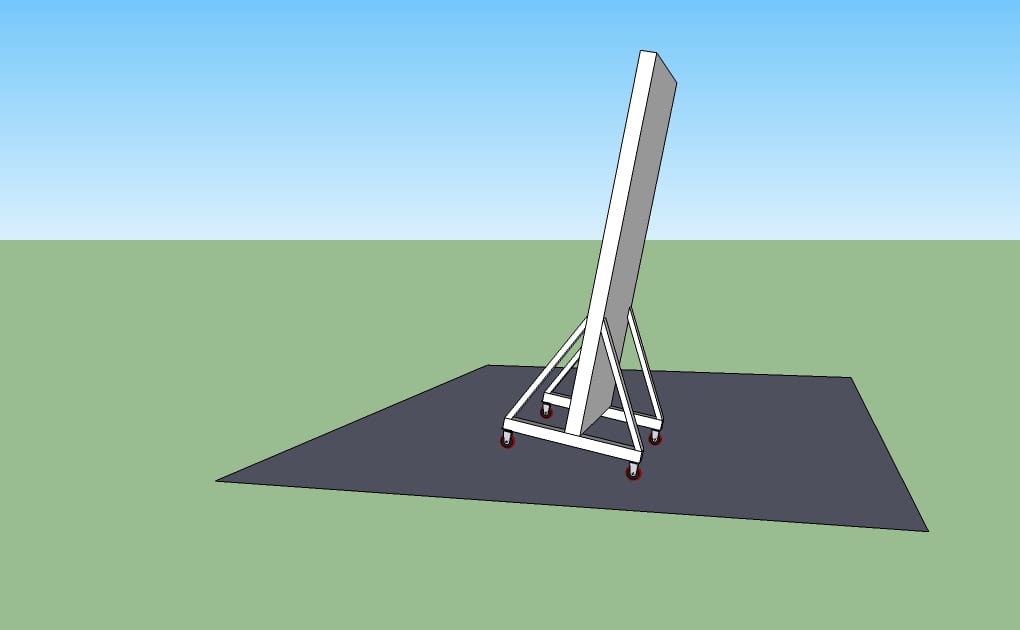 The most popular floor plan for offices, hospitals, and even educational facilities, is an open one. This open floor plan is then divided by a series of movable walls that can help the space adapt to any need that might arise. Because it is so flexible and adaptable to any need, this floor plan only continues to rise in popularity. So, too, do the movable walls that make such a layout acceptable to the vast majority of businesses and other facilities that have implemented them.
The most popular floor plan for offices, hospitals, and even educational facilities, is an open one. This open floor plan is then divided by a series of movable walls that can help the space adapt to any need that might arise. Because it is so flexible and adaptable to any need, this floor plan only continues to rise in popularity. So, too, do the movable walls that make such a layout acceptable to the vast majority of businesses and other facilities that have implemented them.
As the name might suggest, movable walls are no small item. They’re typically between five and seven feet in height, and often at least five to seven feet long. Some are higher, and some are longer, depending on ceiling heights and the nature of their uses in any given environment. Moving such walls can be a particularly difficult task in some cases, as most come with standard hardware that does not feature a caster or wheel at all. Instead, they come with “legs” that serve only to stand the wall in place.
Casters are the Best Way to Make a Wall Movable
Given the unwieldy nature of movable walls, it’s easy to see why a large number of businesses that use them are in the market for casters to make things a bit easier. These walls often way tens of pounds, and they usually require a few staff members to move them throughout an open floor plan in a business facility. Because that can have negative effects on work output and productivity, a caster just makes sense.
When shopping for casters for movable walls, there are a few things to keep in mind. These considerations will ensure that walls remain highly portable after initial installation of the casters, and that the number of people required to move them will only go down, rather than up.
Materials and Construction: The Key to Wall Portability
The best way to buy a caster for use with a movable wall is first to ensure that it can handle the weight of the divider itself. The caster should be purchased for the weight of the divider, plus a small margin of error, for best results. It must also be purchased with the right wheel coating to ensure that the wall is truly movable after installation.
For carpeted environments, the best wheel to purchase with the caster is one that is hard and solid. Hard rubber or metal wheels are the best option for this type of environments. Where concrete or tile floors are in use, a software wheel is generally a better option. Wheels with a softer rubber or polyurethane coating will help reduce noise and make transit of the dividers easier.
Choose Douglas Equipment for All Caster Needs
At Douglas Equipment, we’ve helped customers find the right casters for a wide range of needs. From major equipment moves to office equipment portability and beyond, we know which casters and materials are right for the job. Contact us today and let our expertise go to work for your business and its movable walls immediately.




